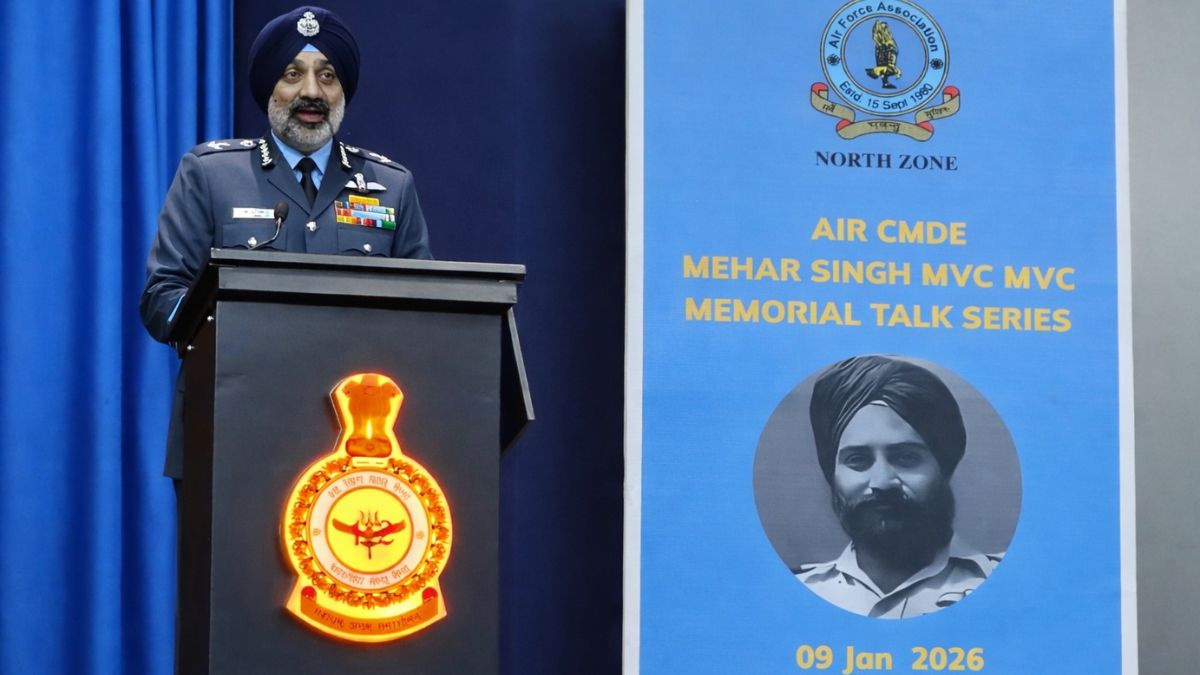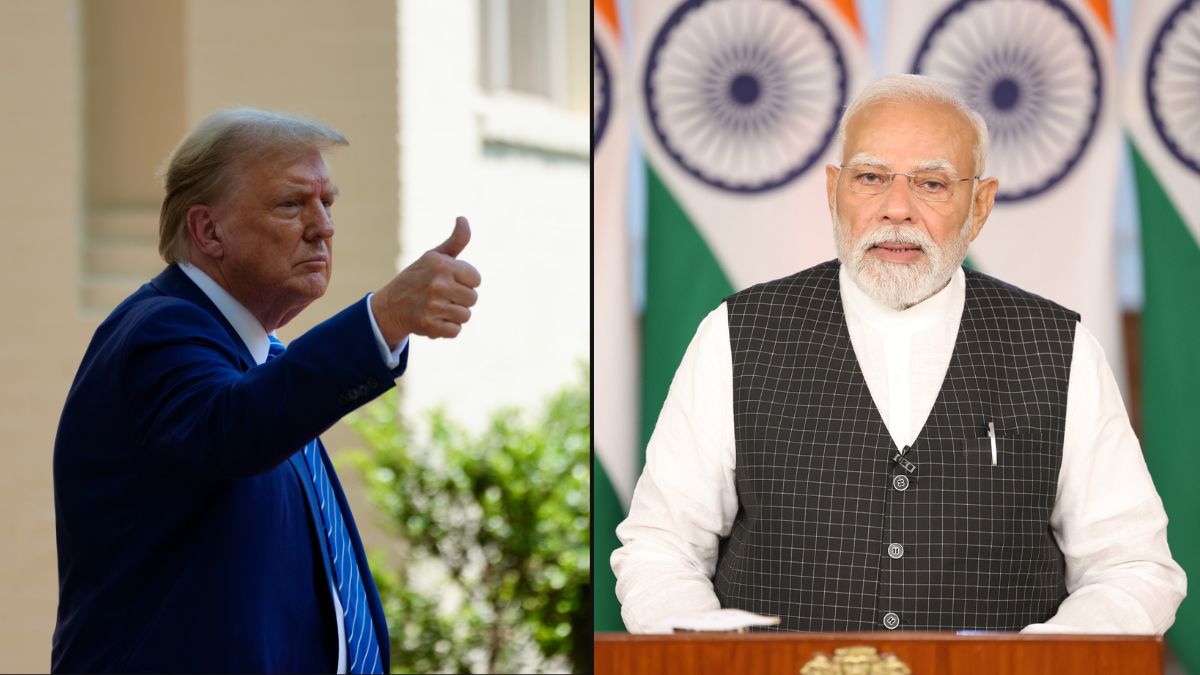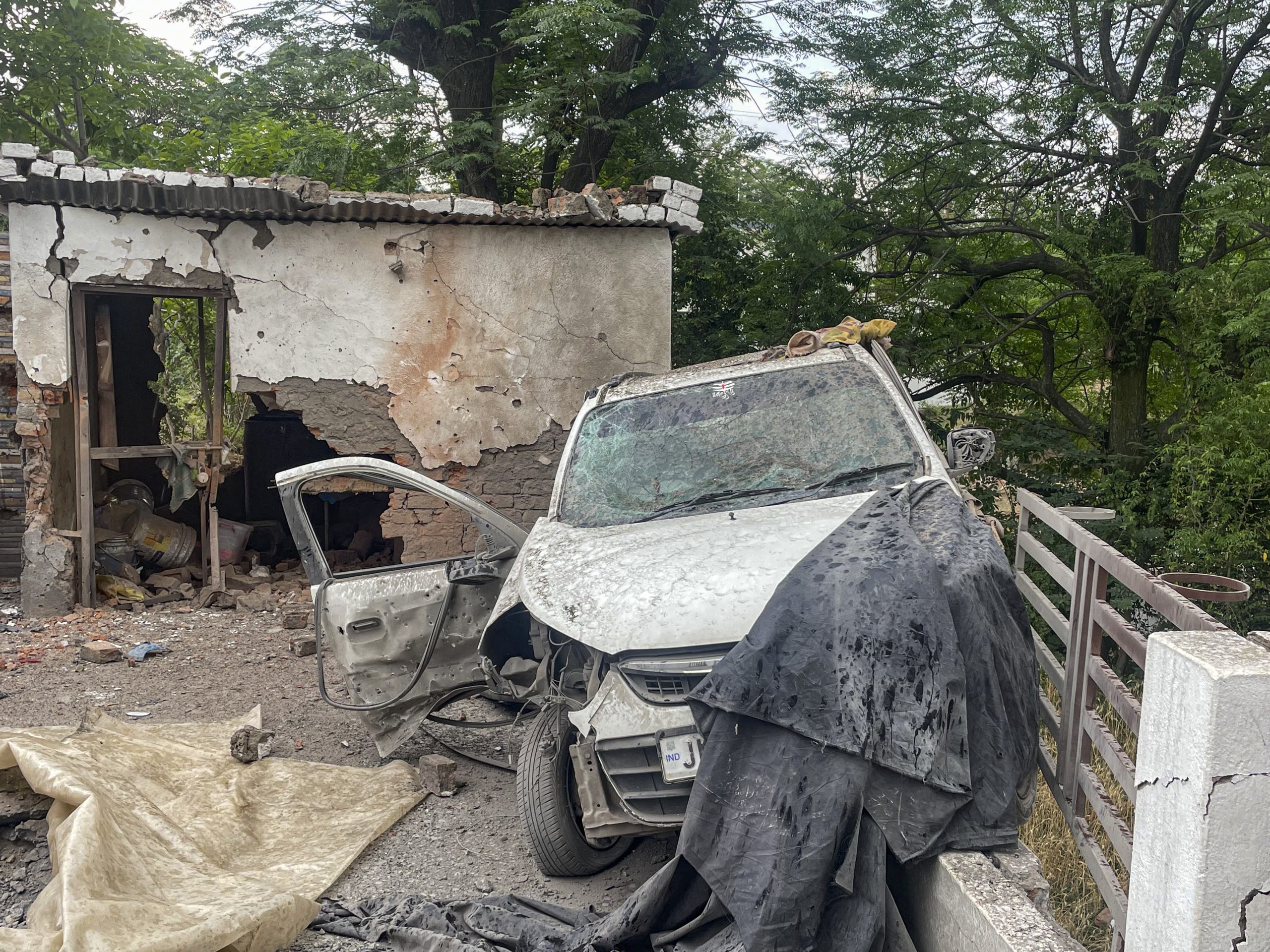Why India’s ‘Bunker Buster’ Missile Has Pakistan Worried: A Wonder Weapon In The Making?

India's Agni V-based 'bunker buster' missile has worried Pakistan (Image Courtesy: Representative image made using AI)
Along with achieving its own objectives, Operation Sindoor once again showed the world that India will not shy away from going the ‘tit-for-tat’ way if need be. While the Indian Army is working continuously to upgrade and advance its technology to wade any future attacks, there is something in the pipeline that has worried Pakistan.
After almost 10 weeks of the operation, it is India’s bunker buster missile that has left Pakistani experts tensed. India’s development of Agni V-based missiles and powerful conventional bunker-buster weaponry has heightened Pakistan’s security concerns.
According to Pakistani analysts, these advancements mean that even underground shelters and military assets are no longer considered secure.
Why is Pakistan worried over India’s bunker buster weaponry?
“India’s pursuit of a missile-based delivery system for bunker busters, as opposed to the US method of dropping bombs from stealth bombers, is ‘notable’. It risks a hazardous entanglement between conventional and nuclear strategies,” wrote an expert in Pakistan’s oldest news outlet Dawn.
“India’s new bunker buster may offer a tempting counterforce option, but its use against Pakistan or China’s nuclear targets would carry grave risks,” the report categorically mentioned about the caliber of countermeasures in bunker buster capability mounted at Agni V.
What is the bunker buster variant of the powerful Agni V?
As per a private research think tank – Indian Defence Research Wing, the Agni V bunker-buster variant, has been in development since mid-2025. The variant represents a notable advancement from its nuclear-capable predecessor, which has a range exceeding 5,000 kilometres.
Prioritising payload over range, the new missile carries a 7,500–8,000 kg warhead engineered to penetrate 80–100 metres of reinforced concrete or bedrock prior to detonation, according to media reports.
This penetrative capability arises from its hardened, high-density casing, sophisticated guidance systems—incorporating India’s NavIC navigation and ring laser gyroscopes—and a delayed-action fuse optimised to intensify shockwaves within subterranean structures.
Further, the hypersonic velocity and canister-based launch platform, deployable from mobile road or rail systems, enhance resilience against ballistic missile defence (BMD) networks, providing India with a versatile and economical alternative to bomber-delivered ordnance.
Is India’s upcoming bunker buster missile fierier than Russia’s KAB – 1500L Pr?
Russia has KAB-1500L-Pr, a bunker buster warhead. Its bomb weighs approximately 1,500 kilograms, featuring a high-explosive warhead of 1,100 kilograms. It is capable of penetrating 10–20 metres of earth or up to 2 metres of reinforced concrete.
Although intended for fortified targets, its effectiveness is constrained by a smaller payload, basic fusing mechanisms, and vulnerability to air defence systems due to aircraft-based delivery.
By contrast, India’s Agni-5 bunker-buster variant significantly surpasses the KAB-1500L-Pr in both payload—7,500 kilograms versus 1,500—and penetration depth, reaching 80–100 metres. Its missile-based delivery system and hypersonic velocity offer a clear strategic advantage over Russia’s aircraft-launched bomb, which is more suitable for engaging shallower or lightly protected targets.







